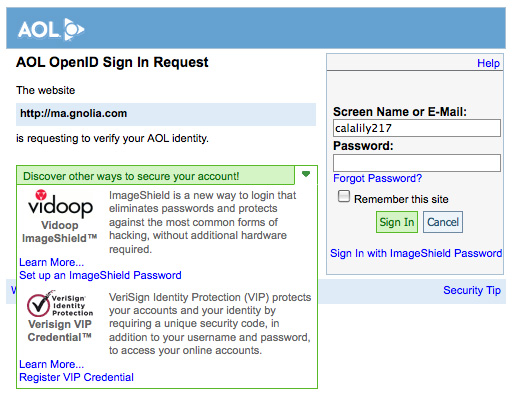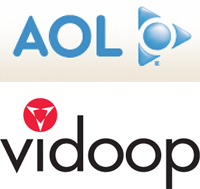As of yesterday afternoon, AOL has implemented Vidoop’s visual authentication system as part of its OpenID initiative, which was formally launched in February 2007.
Vidoop, a startup that replaces usernames and passwords with image grids, partnered with AOL to provide its OpenID users with an extra layer of security. This delivers Vidoop a potential user base of about 100 million users.
Unfortunately, AOL is still just an issuer of OpenID accounts – not a relying party. So users can’t actually use the same Vidoop-protected OpenID accounts that AOL has given them to actually sign into AOL services. AOL and other big internet players have yet to step up and become relying parties, a move that will be necessary to push OpenID into the mainstream.
Vidoop offers an alternative to the traditional username/password login system by displaying images in a grid with associated letters. Upon initial registration, users define 3-5 image categories (cars, dogs, flowers, houses, etc). When they sign into a site, a variety of images appear in a randomly-generated grid, and users enter the corresponding letters to their pre-defined categories. Because this visual system requires a higher level of intelligence, it’s harder to steal someone’s login information and use it to access all OpenID-enabled sites with it.
The implementation of authentication security can be cost-prohibitive, but Vidoop actually tries to help its partners make money. Advertisements are randomly dispersed throughout the image grid, and revenue from them is split in two ways.
Vidoop has also partnered with Charles Schwab Retirement and hopes more financial organizations will follow suit. Clickpass, a popular OpenID initiative covered here, partnered with Vidoop this past March. The startup brought Scott Kveton, the Chairman of the OpenID foundation, onboard in February.

